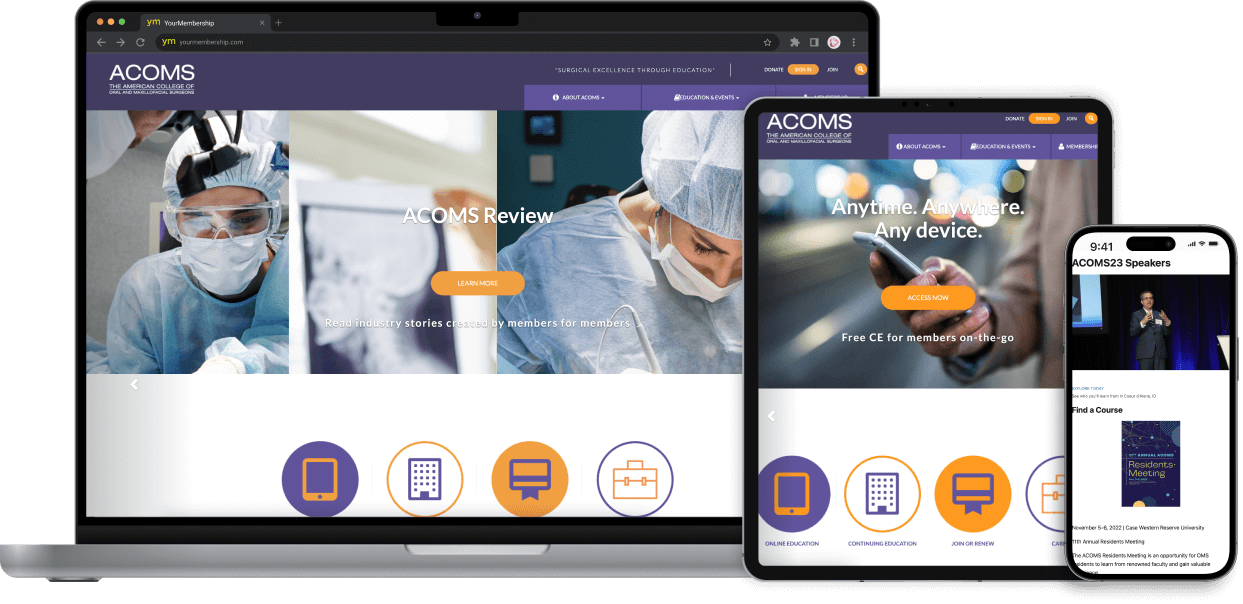Modern Website Layout That Records Attention and Transforms
In a progressively digital landscape, modern-day web site layout has emerged as an essential variable in recording user focus and driving conversions. As we discover these important elements, it comes to be clear that understanding their interplay can dramatically impact a website's efficiency and customer complete satisfaction.
Relevance of Visual Power Structure
Aesthetic power structure is an important aspect in web site design, as it overviews users' attention and enhances their total experience. By purposefully arranging content, designers can route individuals to one of the most crucial details initially, thus boosting engagement and boosting usability. Effective aesthetic pecking order utilizes various techniques, including dimension, shade, spacing, and comparison. Bigger aspects naturally draw the eye, while contrasting colors can emphasize essential messages, making them stand apart amongst more subdued parts.
Integrating a logical flow in content plan is essential; for circumstances, putting one of the most important details at the top of a page promotes instant recognition. Consistent usage of typography, such as varying font sizes and designs, helps establish a clear web content structure. This company not just help in navigation however additionally builds trust fund, as users feel a lot more comfortable when they can easily discover what they are looking for.
Eventually, a well-executed aesthetic hierarchy not just boosts aesthetic charm however additionally substantially influences user habits. By prioritizing necessary aspects and guaranteeing a smooth experience, designers can successfully convert site visitors into clients, reinforcing the value of this foundational layout concept in modern internet site advancement.
Responsive Design for All Tools
Producing a seamless experience throughout numerous tools is essential in today's digital landscape, where individuals accessibility internet sites from tablets, smartphones, and desktop computers alike. Receptive layout is an important technique that makes sure sites adapt fluidly to different display alignments, resolutions, and dimensions. By utilizing flexible grids, pictures, and CSS media questions, designers can create formats that preserve aesthetic integrity and capability, despite the gadget being made use of.
The importance of receptive design prolongs past appearances; it directly influences customer involvement and conversion rates. An internet site that works well on all tools encourages longer visits and decreases bounce rates, as customers are most likely to connect with web content that is easy to navigate. In addition, online search engine, especially Google, focus on mobile-friendly sites in their rankings, making responsive design an essential part of search engine optimization (SEARCH ENGINE OPTIMIZATION)
Integrating receptive layout not only enhances individual experience however also enhances the growth process. By developing a solitary site that functions throughout gadgets, businesses can conserve time and sources contrasted to creating different mobile and desktop computer variations. Eventually, responsive design is a basic approach for contemporary web site layout, ensuring ease of access and contentment for all users, no matter of their tool.
Involving Interactive Aspects
While a responsive style prepares for a useful site, integrating engaging interactive aspects is essential for capturing customer attention and fostering deeper links. Website Design. Interactive aspects, such as animations, tests, and clickable infographics, create a much more dynamic customer experience, motivating site visitors to spend even more time on the website
Integrating interactive functions can additionally direct individuals through facility information, making it easier to digest content. For instance, interactive sliders can highlight item variants, while embedded videos can give demos or testimonials that reverberate greater than static photos or message. Gamification methods, like benefits for finishing jobs or involving with web content, can boost customer inspiration and retention.
Effective usage of interactive aspects not just enhances the individual experience however can additionally lead to higher conversion prices. It is vital to stabilize interactivity with performance; extremely complicated functions may impede website rate, adversely influencing user contentment.
Streamlined Navigation Practices
Reliable navigating is a cornerstone of any type of effective internet site, as it straight influences individual experience and content accessibility. Structured navigating techniques make certain that individuals can conveniently locate information, boosting their communication with the website. A well-structured navigating menu must be instinctive and easy, normally featuring a limited variety of primary categories to avoid frustrating site visitors.
To achieve streamlined navigating, designers must prioritize a hierarchical framework that logically arranges content. Implementing breadcrumb routes can supply individuals with context about their existing check this site out place within the site, permitting for smooth backtracking. Furthermore, utilizing drop-down menus can efficiently conserve area while still supplying access to subcategories.
Responsive layout is important, as navigation must be functional across all devices (Website Design). Mobile individuals, in certain, benefit from touch-friendly menus and collapsible sections that preserve use without compromising visual appeals

Reliable Call-to-Action Approaches
A well-crafted call-to-action (CTA) is Visit This Link necessary for guiding customers toward preferred outcomes on an internet site, as it motivates them to involve with material or buy. To optimize their performance, CTAs need to be clear, engaging, and tactically positioned throughout the website.
First, utilize action-oriented language that connects necessity or value, such as "Get going," "Join Currently," or "Claim Your Discount rate." This language not only encourages users yet likewise sets clear assumptions about the next actions.
Second, think about style aspects; CTAs need to stick out visually with contrasting colors, enough whitespace, and noticeable positioning. A button that is easy to see and click increases the probability of individual communication.
Additionally, individualizing CTAs based upon individual behavior or demographics can dramatically boost involvement. Customized messages reverberate extra with customers, driving greater conversion prices.

Conclusion
Finally, modern-day site style highlights the assimilation of visual pecking order, receptive layouts, engaging interactive components, streamlined navigation, and reliable call-to-action techniques. These elements jointly improve user experience, guaranteeing that visitors remain engaged and encouraged to check out web content further. By focusing on these style principles, services can dramatically enhance user retention and conversion prices, ultimately causing greater success in the electronic landscape. The continual advancement of website design highlights its crucial role in reliable online interaction and advertising.
In a progressively digital landscape, contemporary web site design has emerged as a pivotal aspect in recording user interest and driving conversions.Visual power structure is a critical aspect in website style, as it overviews users' focus and enhances their general experience.The significance of responsive design expands beyond aesthetic appeals; it directly impacts individual engagement and conversion prices.Integrating receptive style not only boosts user experience yet likewise improves the development process. Inevitably, responsive layout is an essential method for contemporary web site design, guaranteeing access and fulfillment for all users, regardless of their gadget.